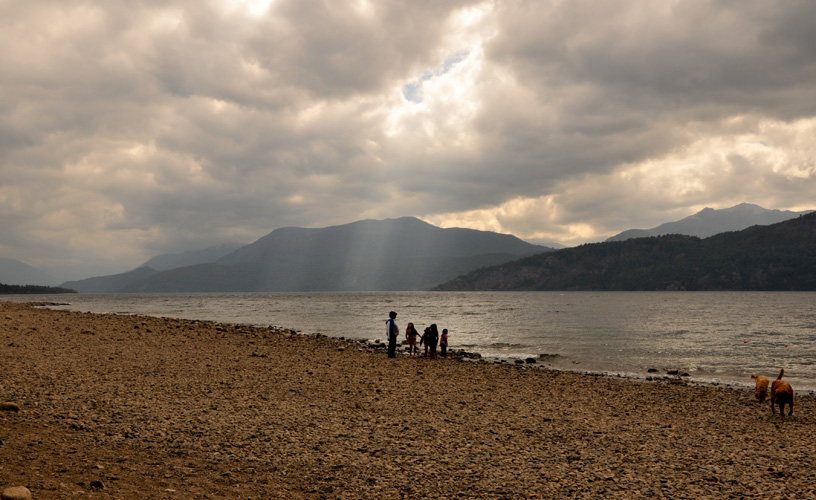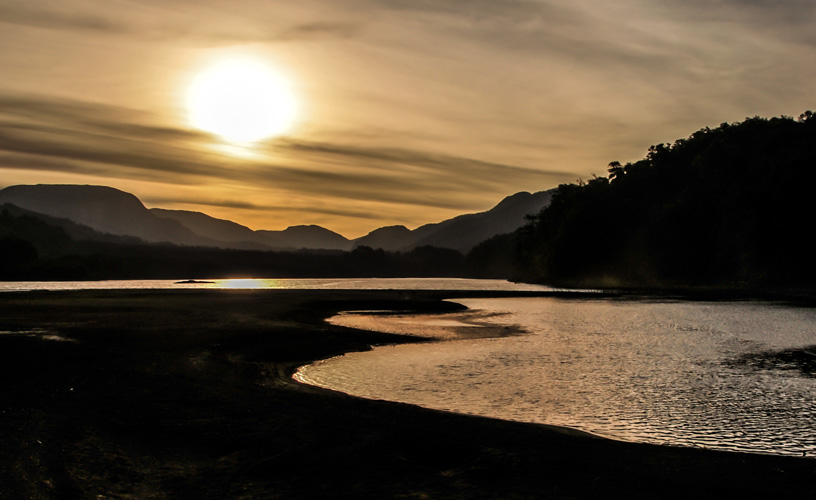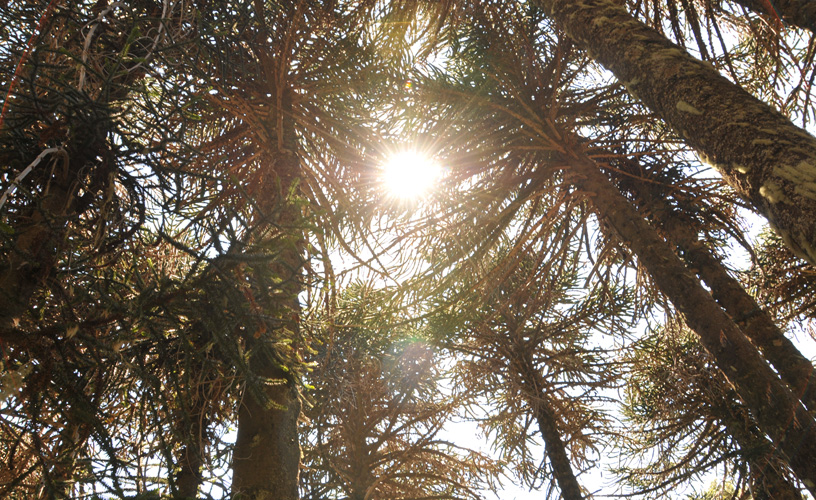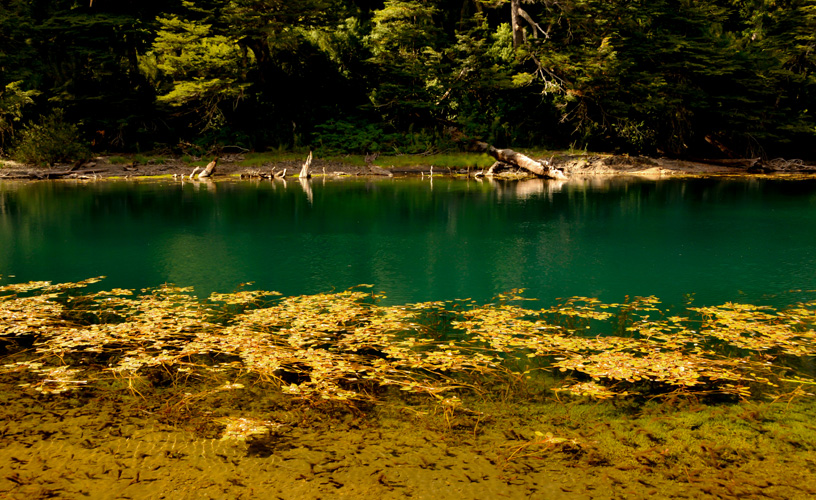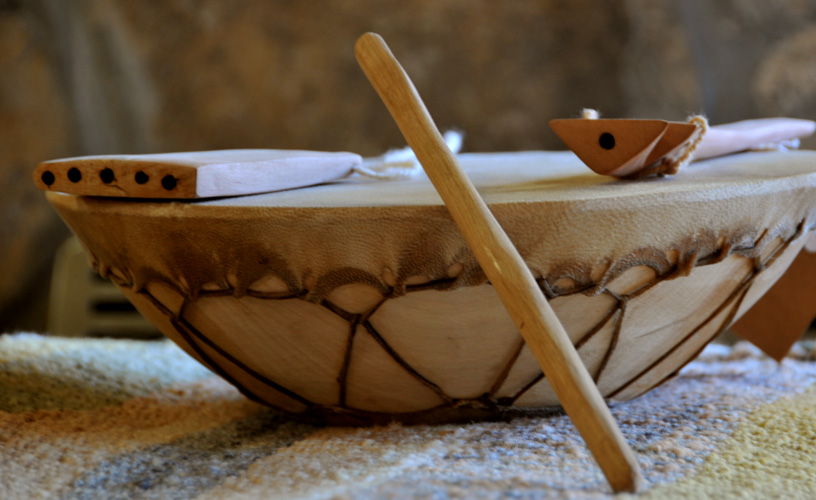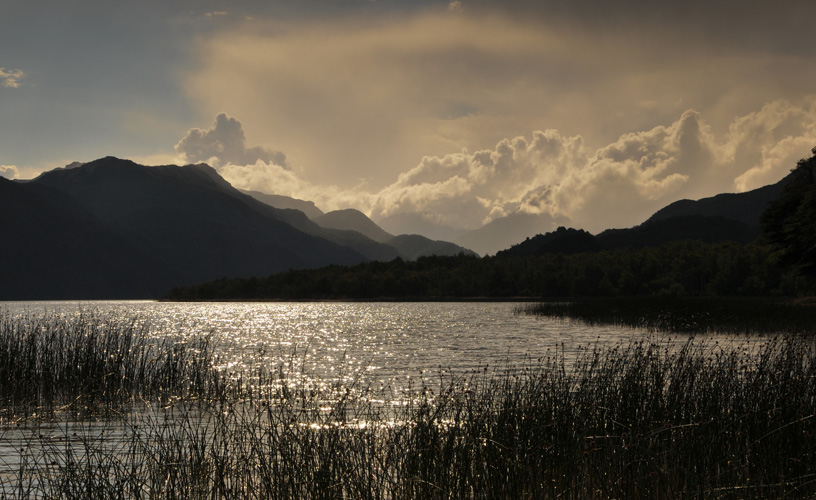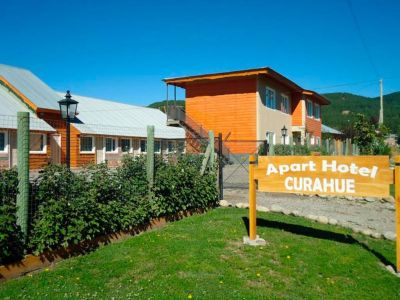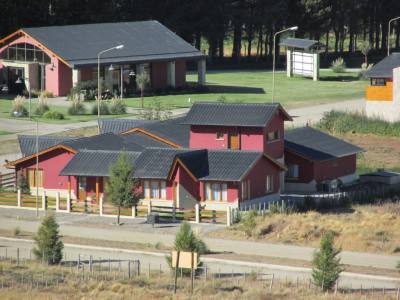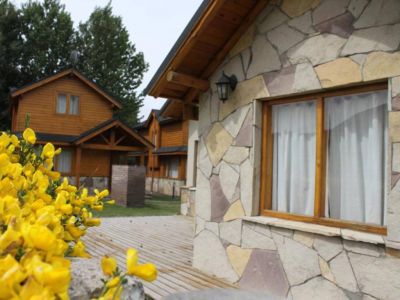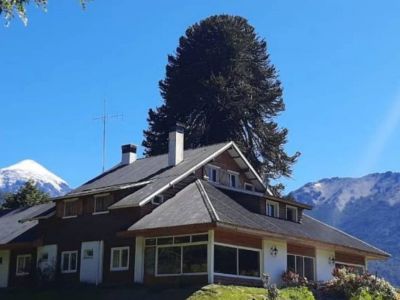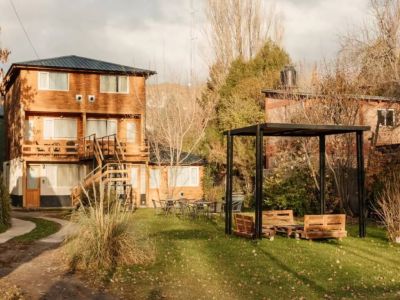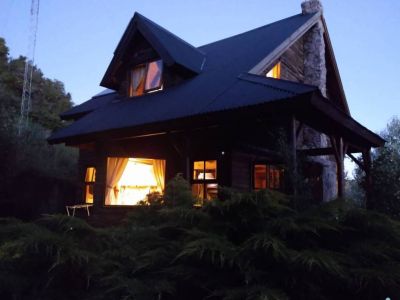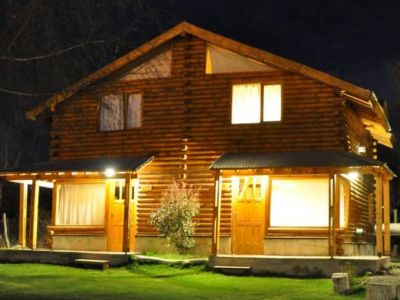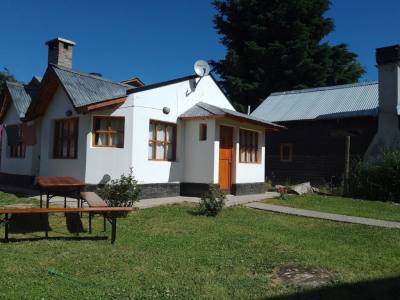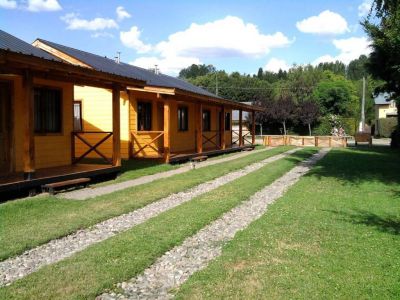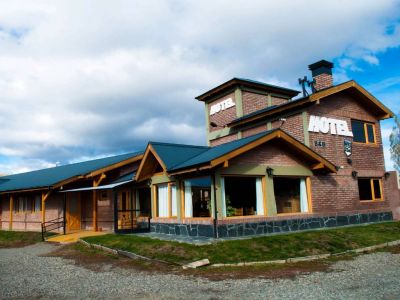The “We Xipantu” or “Nquillatún” (“New Year” or “Sunrise of the new Sun” in the Mapuche tongue) is the most important ceremony celebrated by the indigenous peoples in the Southern Hemisphere. This celebration coincides with the ceremony known as Inty Raimy (from the Inca tradition), which also recognizes the sun as a source of renovation and wisdom. Throughout the ceremony, people pray and give thanks to the sun. For the Mapuche people and the rest of the native peoples, astrology and astronomy were two fundamental tools for the development of knowledge. For instance, a systematic study and its further analysis could collaborate on the interpretation of the movements of heavenly bodies and the sun. Likewise, these tools could also account for their influence on people and nature and their subsequent changes.
First Nations’ New Year Celebration
That was the method the native peoples used in order to know the precise dates on which the year began and ended. For them, nature and earth showed an evident logical evolution and their comprehension enabled to define the beginning and end of each stage.
The Mapuche people conceive time as cycles. Thus, the sun rises when the winter comes, it grows up in the spring, becomes older in the summer and dies in the fall. It is a process of change and evolution which can be seen in nature as well.
In our hemisphere, on June 21, winter comes along with the winter solstice, when the Earth is farthest away from the sun. Likewise, this solstice occurs on the shortest day and longest night of the year. For the Mapuche people, this marks the end of the harvest season and the beginning of a new sowing season.
Pablo Etchevers
Eduardo Epifanio
